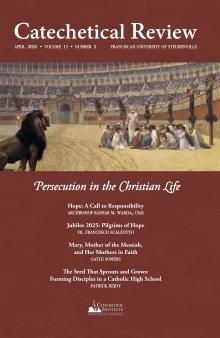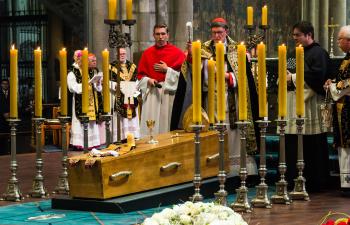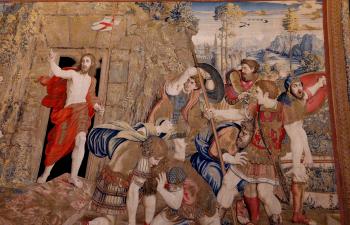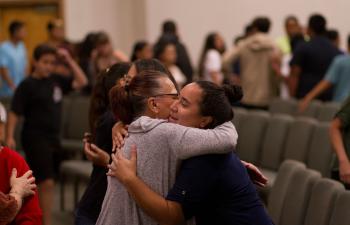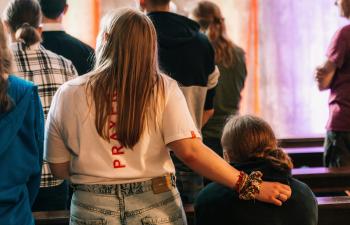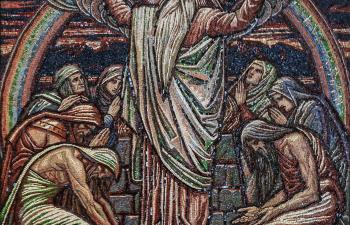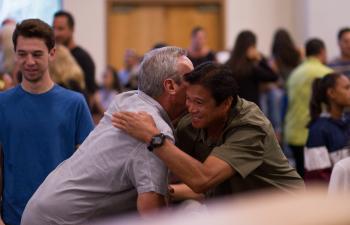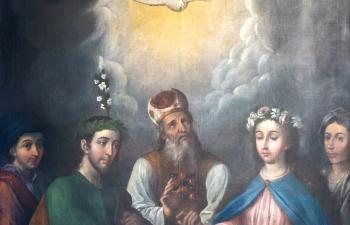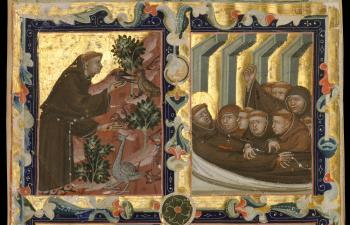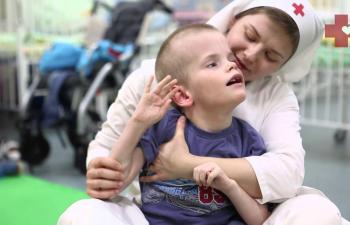 “I die, but God does not die! . . . Viva Cristo Rey!”
“I die, but God does not die! . . . Viva Cristo Rey!”
— Last words of Anacleto González Flores, 20th century martyr[1]
The accounts of the Christian martyrs never fail to captivate. Whatever our circumstances—young or old, believer or non-believer—we are attracted to stories of those who prefer death to renouncing their faith. We can be awed by the excitement of their adventure and their perseverance and determination in facing their heroic deaths at the hands of executioners or wild beasts. Yet, to equate martyrology to dramatic narrative misses the theological significance of Christian suffering and sacrifice.
The root of the word “martyr” comes from the ancient Greek legal term μάρτυς, “mártus,” meaning “witness” or “testimony.” In the early days of the Church, imprisonment and death remained a common fate for Christians who refused to recant their belief in the Gospel. But despite pagan and secular efforts to eradicate Christianity through the elimination of her stubbornly outspoken and often-prominent adherents, the Church continued to grow in numbers.
Tertullian, a second-century Father of the Church, offered an allegorical observation as he defended his fellow Christians against the sadistic oppression by the civil authorities in his Apologeticus:
Nor does your cruelty, however exquisite, avail you; it is rather a temptation to us. The oftener we are mown down by you, the more in number we grow; the blood of Christians is seed. Many of your writers exhort to the courageous bearing of pain and death . . . ; and yet their words do not find so many disciples as Christians do, teachers not by words, but by their deeds.[2]
The rest of this online article is available for current Guild members.
[1] Wilfrid Parsons, Mexican Martyrdom (Macmillan, 1936), 38, 285.
[2] Tertullian, Apology chap. 50, trans. S. Thelwall, https://www.logoslibrary.org/tertullian/apology/50.html.
[3] “St. Charles Lwanga and Companions, Martyrs of Uganda,” Catholic News Agency, https://www.catholicnewsagency.com/saint/st-charles-lwanga-and-companions-martyrs-of-uganda-488.
[4] Pontifical Council for the Promotion of the New Evangelization, Directory for Catechesis [DC] (United States Conference of Catholic Bishops, 2020), no. 99.
[5] Paul VI, Evangelii Nuntiandi, no. 21.
[6] John Paul II, Veritatis Splendor, no. 93.
[7] John Paul II, Fides et Ratio, no. 32.
Art Credit: Blessed Miguel Agustín Pro (1891-1927) with his arms open in the form of a cross, Wikimedia Commons.
This article is from The Catechetical Review (Online Edition ISSN 2379-6324) and may be copied for catechetical purposes only. It may not be reprinted in another published work without the permission of The Catechetical Review by contacting [email protected]


